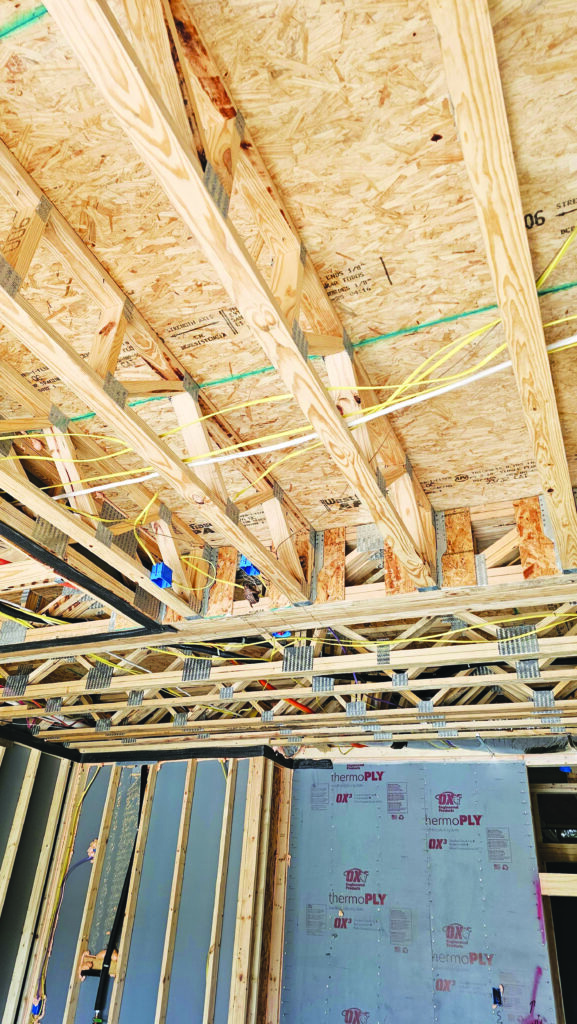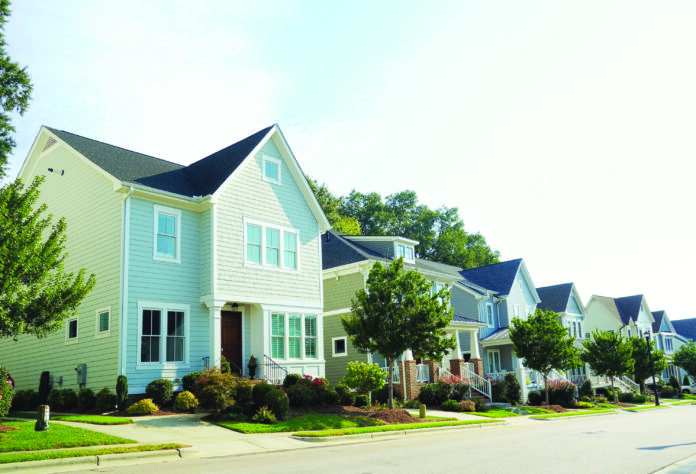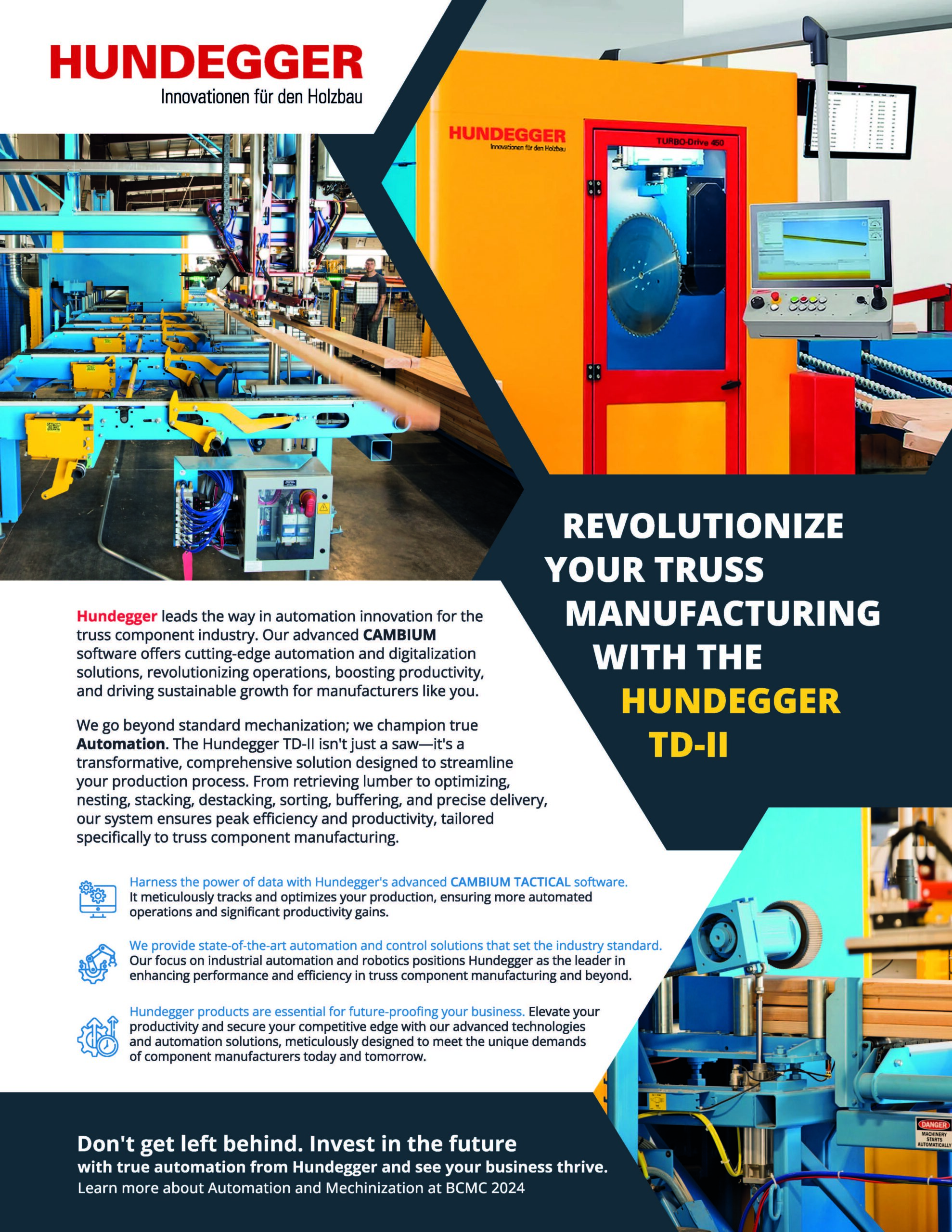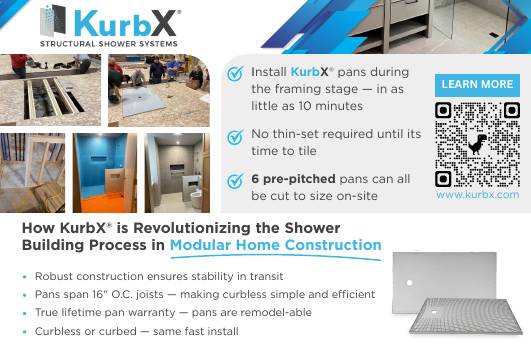A look at why offsite has such a low profile in this seemingly ideal industry segment, and how companies can work to change that.
- Some builders still find site building less costly, while subcontractors and builders alike worry that shifting scope to the factory will cut into their profit margins.
- Investors tend to be wary of the impact any new building system will have on the project’s Internal Rate of Return, as well as about the stability of the offsite factory.
- Increasing penetration will likely be a slow process, but can be aided by providing builders and developers with better data on which to base their decisions.
Following the 2008 recession, the Build-to-Rent (BTR) segment of the housing market grew rapidly. After companies like American Homes 4 Rent and Invitation Homes purchased large quantities of foreclosed homes, institutional investors saw the value in this market and began to create their own BTR communities by adding building arms to their businesses.
At first glance, BTR developers seem a natural market for modular and component manufacturers, because their communities include large numbers of homes with repetitive designs. However, these developers have not embraced offsite construction the way some would have expected.
What can we learn from some of the leaders in the BTR market as to why they aren’t using more offsite construction methods in their projects? And what can we do as an industry to obtain greater representation in BTR?

Photo courtesy of: Bridge Tower Properties
Lessons in Labor
Offsite solutions provide advantages for builders who struggle with labor issues. However, there are builders who do not have these struggles, and who have been successful at creating and keeping a very close, loyal, network of labor. This is especially true in the Southeastern US.
“The only manufactured framing product I use is open web floor trusses,” says James Wrigg, VP of Construction Operations at Dallas, Texas-based Bridge Tower Partners, one of the largest private, single-family rental and BTR operators in the US. “Otherwise, we stick frame walls, ceilings, roofs. It’s very traditional construction, but I can frame a house in three days, and there’s enough labor in Texas — including skilled labor — to do it really cost effectively.”
Wrigg tried using a more complete component solution but immediately ran into challenges with his existing trade base. “With panels and trusses, you still need someone to install them on-site,” he says. “In the Texas market there’s a lot of opposition to components from the labor side because [to make the numbers work for my company] I would have to pay them less per square foot. Why would they want to do something that enables me to drive down the price I pay them?”
Other builders in the South have had similar experiences. Howie Mason, Regional Construction Manager at West Columbia, South Carolina-based McGuinn Homes says his company worked with Builders FirstSource for six months to test a precut package model for their BTR home product. They were convinced the component model would work for them, but also ran into labor challenges.
“Our subs wouldn’t change their pricing even though their job was easier,” says Mason. “So ultimately, using components wasn’t saving us any money.”

Photo courtesy of: Bridge Tower Properties
Modular Numbers
Of course, some BTR companies have adopted offsite methods. However, this adoption is very dependent on the local market and the specific project.
Quartz Properties, a vertically integrated, residential real estate developer based in Auburndale, Mass., recently found success using volumetric modular construction for one of their developments — the 44-unit BTR community of Belle Meadow, located in Asheville, N.C. The development is in a market with labor constraints, and features a mix of duplexes and single-family homes.
Others, though, aren’t seeing the economies of scale needed to drive costs down with modular. Mosaic is a Phoenix, Arizona-based construction tech company and national leader in BTR construction and pre-development. Although they will be using steel components for an upcoming project that will create substantial savings on insurance, they have not been able to get the numbers for volumetric modular products to work for them.
“We’ve had a couple of times where we’ve pursued it,” says Alex Pollack, VP of Partnerships at Mosaic. “But the economic challenge for us as a GC is that 60% of our scope [ends up being done by the factory]. We’re losing a substantial amount of scope that we could charge a fee on, so economically, it’s not interesting to us.” The notion that they could make that loss up by doing a higher volume doesn’t pencil out, either. “There’s not enough adoption [with modular],” Pollack explains.
Greg Shron, Executive Vice President and COO at Center Creek Capital Group, a housing investment and development leader based in Washington, D.C. and Richmond, Va., says that his company has been trying to make modular work for 20 years, but hasn’t found any real savings. “It won’t get cheaper without wider adoption. As you climb up the building performance ladder, the cost of modular and traditionalconstruction start to converge.”
He says that modular makes sense on projects where saving time in the field is the top priority, but other than that the savings have proven elusive. One reason is that conventional builders have done a great job raising efficiency and reducing costs. “Pulte could probably build at $80 per sq. ft. and sell me the completed home, including their land, development costs, profit margin, for $130. I don’t think I’ve ever seen an offsite or modular provider who can deliver a finished house for anywhere near that,” Shron says.

Investor Reluctance
If the BTR community is owned by a publicly traded company, the numbers must be even more competitive; a reality that works against the use of any building method that veers from traditional, tried-and-true construction.
“The first thing [investors] want to know about a potential investment is what the returns are,” says Shron. “You’re facing a serious uphill battle if you’re trying to raise equity for a project that is sacrificinginvestment returns in order to experiment with a new technology.”
Publicly traded firms also don’t use debt the way private companies do. “They use their own cash to finance projects,” says Brett Trebil, President of Trebil Construction, Inc., a private builder based in Southern California with operations nationally.
When you use cash in lieu of debt, it’s not just about the profit margin, it’s also about how often you can turn your cash in a year — making the same margin multiple times in a year with the same cash. That’s more difficult with a for-rent project.
“Unlike a for-sale product that can engage in pre-sales and utilize those funds, for-rent products have to be completed before they can capture revenue,” says Trebil. “This is how public builders maximize their profits and increase their profit-to-earnings ratio, which is the metric for how they are valued.” As a result, investors are skeptical of anything out of the ordinary.
The offsite industry has also seen its share of failed business models and factory closures in the last decade like Katerra, Skender, Entekra and Veev. The perceived instability further impedes a switch to offsite.
“It’s a bit risky for an investor to hitch his wagon to somebody who may close down,” says Shron.
Opportunities for Improvement
With all the barriers, real or perceived, how can we balance the benefits of offsite construction with the specific needs of each potential BTR client?
If you’re a builder or manufacturer trying to sell an offsite system to someone from the developer world, the conversation may be completely different from the one you have with an investment person.
Are they publicly owned, or privately owned? Are they building high-performance homes or a standard, affordable BTR product? Are they building in a primary market with an ample labor supply, or in a secondary or tertiary market with fewer available workers? Each of these conversations could uncover a mix of varying metrics you need to prove — with a case study, for example— before your prospective partner can fully understand the scope or contracting relationship of offsite.
The first thing everyone wants to know about a potential investment is what the returns are. “If you’re going to roll in a [new] manufacturing process that adds to the cost side of your development pro forma, that’s going to have an impact on your ability to raise capital for that development,” says Shron.
He gives the example of a BTR investment where equity limited partners are looking for an 18% IRR (internal rate of return). “Is there somebody out there who would be willing to do it for a 10% or 12% IRR in order to promote the deployment of a new technology [or process]? You’ve now crossed most of the potential equity partners off your list and you’re looking for somebody very specific.”
The point is that much of the future success for offsite construction in the BTR market may depend on communication, education and data. When it comes to components, builders need to help their subcontractors understand how they can raise profits by capitalizing on the time saved on job #1 and turning it into faster revenue at job #2.
To reach the costs necessary for volumetric modular to become meaningful in BTR, the industry must find more opportunities to provide BTR developers and investors with the right type of data, and factories must continue to work towards building networks where they can work together on larger projects and reach the economies of scale necessary to lower cost.
Heather Wallace is a freelance writer and industry engagement specialist with over two decades of experience in various areas of the building industry. She has covered topics on construction, technology, workforce development, green building, and sustainable living.
Photos provided by the manufacturers except where noted.

















